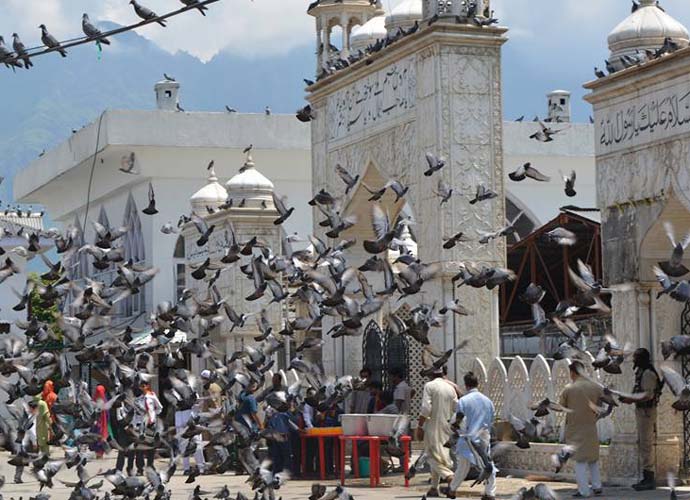India's faith tourism must recognise imprints left behind by Islam

Over the last two years, the tourism ministry has undertaken several initiatives such as Swadesh Darshan — Integrated Development of Theme-Based Tourist Circuits and PRASAD — Pilgrimage Rejuvenation and Spiritual Augmentation Drive to boost tourism in the country. A closer look at the circuits and centers identified under the two schemes reveals that centres of minority faiths other than Buddhism are not adequately represented under the policy.
In light of the fact that several minority religions such as Islam, Christianity, Sikhism, Buddhism, Jainism and Judaism among others thrive in India, I focus on the unexplored faith tourism potential of one minority religion — Islam.
Given that Islam originated with Prophet Muhammad around 610 CE in Arabia (origins of Islam are highly contested among historians) and given the fact that Muslims-Arabs have been transacting with traders at Kerala Ports since the 7th century AD, it is reasonable to say that Islam came to Kerala almost immediately after it was founded.
The Islam that came to India with Muslim-Arab traders was not static, but syncretic. It evolved over time and gave itself a form very different from the puritanical Islam that is practised in small parts of the Persian Gulf. Cheraman Perumal, the last Perumal ruler of Kerala embraced Islam after interacting with a group of Prophet Muhammad’s Sahaba (companions of the Prophet).

Cheraman died at Zufar after meeting the Prophet and converting to Islam. Before his death, Cheraman wrote letters to his governors to spread the new religion. Cheraman’s representatives established 10 mosques including Cheraman Juma Mosque, the first mosque in India, Malik Dinar Mosque in Kasaragod district of present day Kerala, Arangadi Juma Masjid and the Parambath Magham Shareef.
Islamic ideology came to India in one form with Muslim-Arab traders but developed into another:
(a) Due to the openness of the lower caste Hindus to convert as conversion was a way to break away from the Hindu caste system.
(b) Attempts by sufis and missionaries such as Malik ibn Dinar and his associates to develop Arabic Malayalam literature and inter-religious dialogue. Zaynuddin Ibn Ali sl Ms’bari, a sufi saint, wrote ‘the manual of Sufism in Malabar’ which is a good source to study how Islam mingled with local cultures and modernity.
(c) The support by several native rulers that facilitated the growth and development of Islamic learning and art, dance, and songs such as Kolkali, Oppana and Mappilapattu in places such as the Center of Higher Education at Ponnani and Kondotty Nercha.
If we go on a treasure hunt for traces of Islamic ideology, we will learn that there are many interesting orders of Islam that have been left unnoticed. Siddi Sufism that emerged in present day Gujarat in the 7th century AD is a case in point. Siddi Sufism believes that Mia Mishra’s shrine in Ratanpur, Gujarat has the spiritual powers to heal female infertility (spiritual healing powers are contested). What is interesting is that Siddi Sufism is probably the only order of Sufism in South Asia that has a female Sufi Faqir.Siddi Sufism spread because of the Siddi shrines such as the ones dedicated to Bava Gor and Bava Habash in Jambur village, shrine of Nagarchi Pir in Jambur, Sidi Sayed Mosque, and Sidi Suzair’s tomb in the Sarkhej Roza building complex.
It is reasonable to reject my viewpoint on how syncretic Islam originated and spread. I will argue that the story I presented above is accurate. Someone else might say that this is more of mythology and less of history. We have to acknowledge that understanding the past is a debatable enterprise but exploring the structures and festivals that are product of the past is not. In an attempt to prove who is right, can we ignore the monuments, festivals, and art that we are left with?
It will be better if we move beyond the debate about origins and spread of Islamic ideology and identify and recognise its imprints left with us. The responsibility to spearhead such an exercise falls on the government. The focus of the current government should be on adding more tourist centres besides the already popular Ajmer, Hazratbal and Katra.

